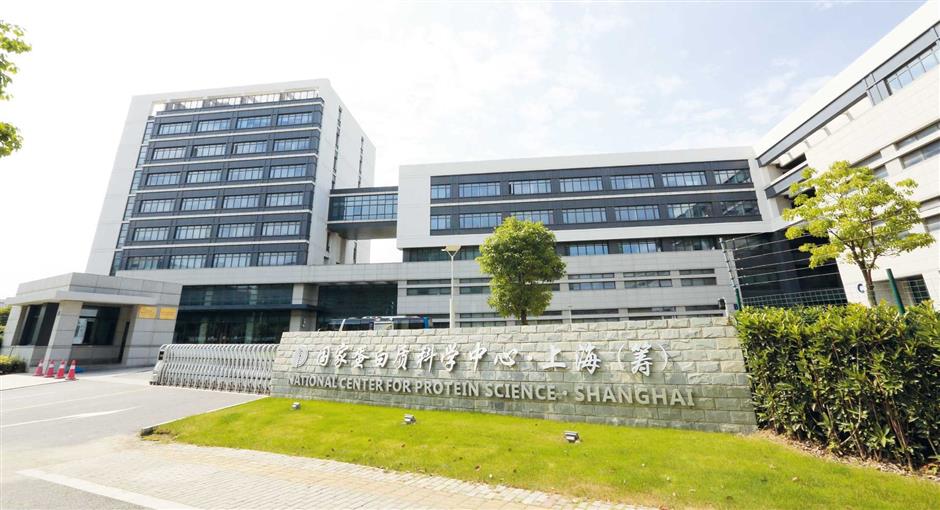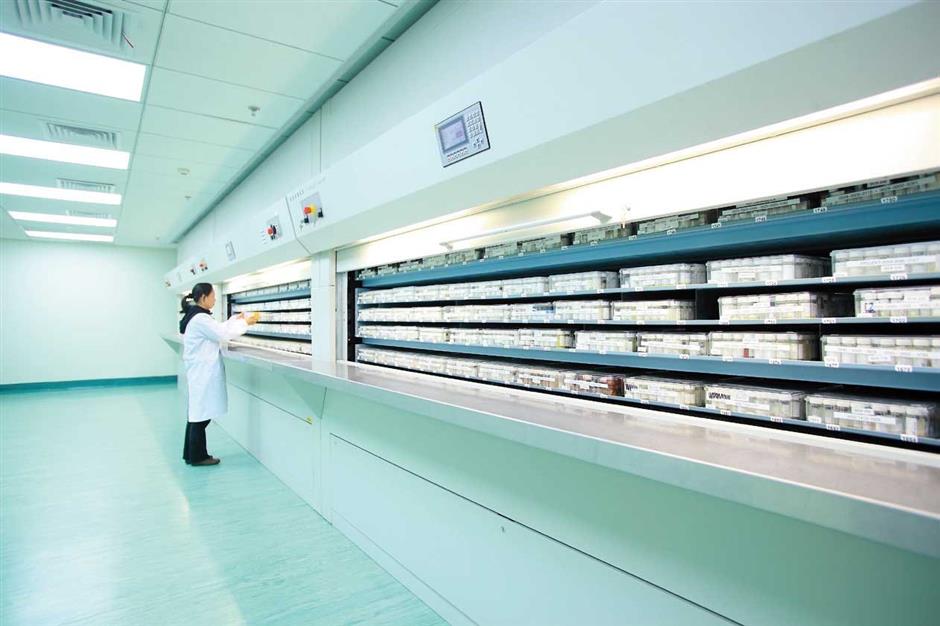A blueprint to a science city that will rival Silicon Valley

Shanghai Synchrotron Radiation Facility
The recently released “Construction Plan of Zhangjiang Science City” revealed that the high-tech park will become an administrative subdistrict, as part of a national strategy to establish Zhangjiang Comprehensive National Scientific Center.
According to the blueprint, Zhangjiang will have a central region along Chuanyang River, an artificial branch of Huangpu River, to be home to a batch of national-level laboratories and scientific projects along with various public services for employees and residents.
The science city has ambitions to be on a par with California’s Silicon Valley, Singapore’s One North Science Park and Japanese Tsukuba scientific town. And it will establish a basic framework for a comprehensive national scientific center by 2020.
To achieve that goal the world’s top innovative professionals, national scientific facilities, leading universities, research institutes and research and development centers of multinational enterprises will be looked at.
To make Zhangjiang a top attraction for talented researchers, the local government provides vigorous support with a series of complementary policies. Scientists will be ensured to receive excellent services and enjoy a supportive environment for research.
As part of the policies, around 9.2 million square meters of residential buildings will be built. About 96 percent of them will only be available for rental, according to the Shanghai Planning, Land and Resources Administration.
The first phase construction of apartments for rent will be launched at Sunqiao. As part of the future international community, it occupies an area of 65,000 square meters. A total of 1,226 well-furnished condos will be available after the construction is completed.
Subway and bus lines will run through the science city to connect office buildings, renovated factory houses and innovation parks for startups. More expressways to link to Shanghai’s railway stations, airports, and downtown areas have also been planned.
Schools and other public facilities will be built to serve residents, most of whom are scientists, research fellows, senior executives and their families.
The science city will be surrounded by a greenbelt. Continuous paths for walking and cycling along the Chuanyang River, small parks and public plazas will be built within the area.
It aims to attract 500 renowned scientists and experts by the end of 2020. Over 20,000 professionals from abroad and overseas graduates will work in Zhangjiang by then, according to the Pudong New Area government.
The authority has announced the establishment of the Administration of Overseas Talent to offer a one-stop service for overseas professionals along with a batch of new policies to ease green card and work permit rules.
The foreign talent recommended by the Zhangjiang or Shanghai Free Trade Zone management committee, for instance, can enjoy a fast track system to apply for the Chinese green card, or foreigners’ permanent residence cards, according to one of the new policies.
The application process can be shortened to two months from six months to receive the card. Spouses and children under 18-years-old can apply for the card at the same time.

National Center for Protein Science Shanghai
An innovative platform zone
Zhangjiang High-Tech Park was established in July 1992. Located in the north of the Pudong New Area, it covers 80 square kilometers, including half that belongs to Shanghai Free Trade Zone.
As the site of one of China’s first state-level high-tech zones, Zhangjiang has gathered rich resources in science and technological innovation since over 10,000 companies have registered in the park, which mainly cover information technology, bio-medicine, cultural creativity and low-carbon environmental protection, according to the Zhangjiang management committee.
Zhangjiang also plays its role as a base for basic research, featuring several platforms for big science, such as the National Center for Protein Science Shanghai and the Shanghai Supercomputer Center.
The ultimate goal of the platforms is to boost research translation and drive technological innovation of industries.
Coming into service in 2014, the protein center is the first comprehensive big science infrastructure in the life sciences around the world. Having been operated for around 200,000 hours, it has served scientists from more than 200 institutions globally. Those scientists have conducted more than 1,300 research projects at the center which led to over 80 publications in Science Citation Index journals.
Meanwhile, the high-performance computers at the supercomputer center have been used by thousands of research teams, providing more than 1 billion CPU hours and accomplishing about 5.7 million computing tasks since it was put into use in 2000.

Chinese National Compound Library
















